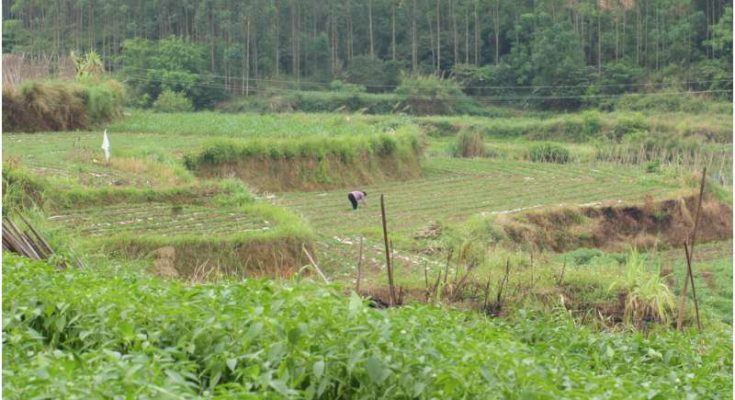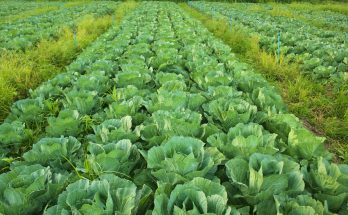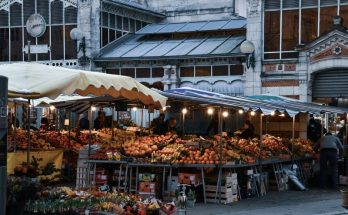More diverse wildlife thrives on farms, benefiting both farmers and the environment, when there is variety in the agricultural landscape, a global study has found, https://phys.org/news/2024 news reports said.
Specifically, the types of crops and non-crop features on farms, as well as how they are arranged, should be varied, according to research led by Nanyang Technological University, Singapore (NTU Singapore). The findings are published in the journal Ecology Letters.
The optimum approach would be to grow different crops like vegetables, cereals and fruit trees on the same farm in varying field sizes and layouts, as well as have semi-natural landscape features that are not crops, like shrubs, grassy borders and strips of wildflowers.
This variety increases the number of native animal and plant species such as pollinators and predators of pests, compared to agricultural lands that have just one type of crop grown on a single, uniform landscape.
Such an improvement in biodiversity arises because variability in crops and non-crop features, creates diverse “mini habitats” for different types of wildlife.
One of the main drivers of declines in biodiversity is increased farming to raise food production, so boosting the diversity of wildlife on farmlands is key in helping the environment.
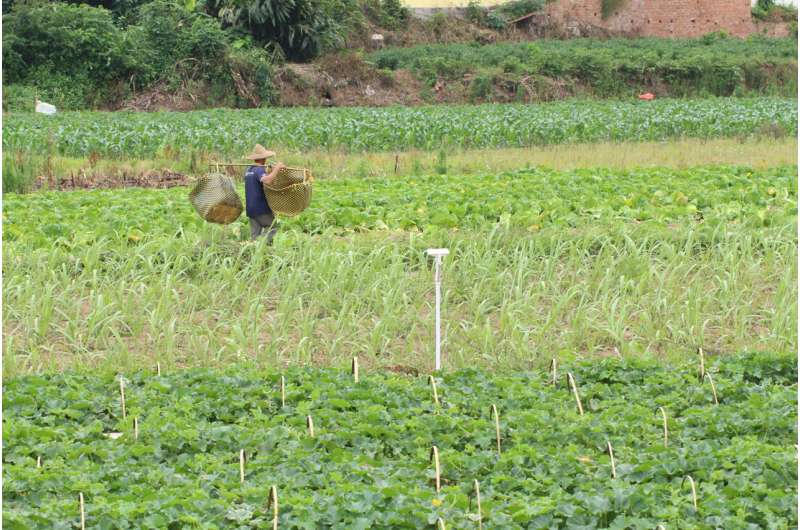
Farmers stand to gain, too, as past research suggests that better farm biodiversity could improve crop yields; for example, by encouraging more pollinators of the crops and more predators to feed on crop pests, say the researchers.
Associate Professor Eleanor Slade, from NTU’s Asian School of the Environment (ASE) and senior author of the study, said, “Our study demonstrates that maintaining diverse crop and non-crop habitats within agricultural landscapes is important for agricultural biodiversity on a global scale.
“This finding holds significant implications and provides valuable insights for policymakers, land managers and conservationists. By prioritizing strategies that promote crop and landscape heterogeneity, stakeholders can help preserve biodiversity and also support sustainable agricultural practices.”
The scientists also believe that increasing the diversity of crop types and non-crop features within farms could be a more appealing and practical approach for farmers to contribute to biodiversity conservation than existing methods.
Mr. Tharaka S. Priyadarshana, a Ph.D. student from ASE and the lead author of the study, said some strategies suggested that farmers reduce farming activity to restore semi-natural habitats that encourage wildlife, or consider organic farming that uses less chemicals.
“But when we look at the practicality of these strategies, they cannot be applied by many farmers, compared to having a good mix in crops and non-crop landscape features,” he said.
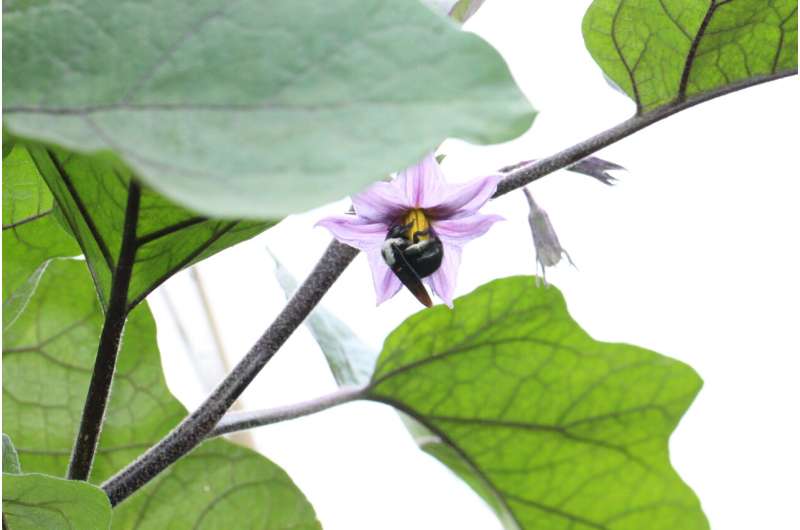
Professor Emily Poppenborg Martin, from Germany’s Justus Liebig University Giessen and the second author of the research, said, “This study is very important because of the crucial results it shows for a wide range of organisms, such as invertebrate predators and pollinators, which play key roles in agriculture. The evidence is clear: maintaining the biodiversity support system for the production of food, energy and feed goes hand-in-hand with learning how to diversify farmed landscapes globally.”

